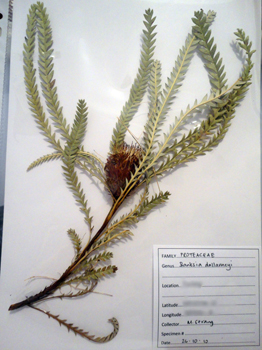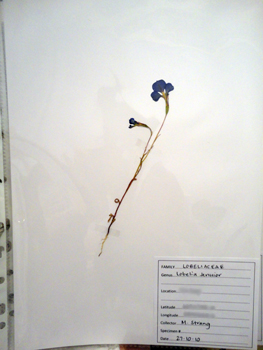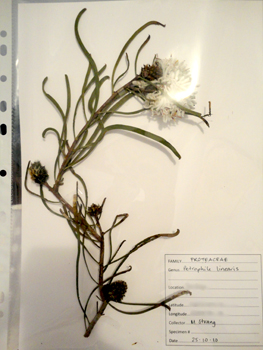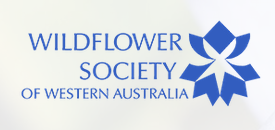Apologies to my regular blog followers for leaving it so very long between blog entries. After the spring field-work is done, the time comes to document data that was collected and report on findings. While I enjoy the step-by-step nature of this part of the work, and love that I learn new things with every report that I write, I tend to find spending hours on end on the computer tedious, and somehow much more tiring than 12 hours in the field. So, after a day or week, or now month of getting squarer and squarer eyes, the last thing I’ve felt like doing is updating the blog… a poor excuse for leaving you all out in the cold, I know, but there you have it.
Part of this spring’s work has involved collecting, identifying, pressing and finally mounting plant specimens for an herbarium. It’s a long and involved process but one that I thoroughly enjoy. I thought I’d share some of the pages from it, so you can see what it’s all about. Mounting some of the larger and more ‘messy’ specimens can be challenging – I sometimes felt like the botanical equivalent of a taxidermist! I’m very pleased with the finished product and especially like knowing that it will help those who will use it to get to know our local flora better.

Banksia dallanneyi

Lobelia tenuior

Petrophile linearis

Pimelea ciliata
And on another note, I don’t know if it’s a result of returning confidence in our economy or something else entirely but over the last few months, we’ve had more project work associated with development applications than in a long time. I really enjoy this work. I think it’s got something to do with the fact that we’re often the first ‘plant and animal’ people that have ever surveyed the property or site, and it doesn’t seem to matter how many places I’ve surveyed over the years, I can’t help but be curious and a little excited at what I might find at a new place. We’ve recently found new populations of Western Ringtail Possums, and a potential new vegetation community. We’ve also had feedback from clients telling us that our work has helped them obtain approval for their proposals. So many of the people we work with make changes, large or small, to their development designs based on our advice or recommendations. I personally find that exciting and encouraging – knowing that we can look after our natural environment whilst still enabling development. Something as simple as reconfiguring lot boundaries to contain habitat or vegetation within a single lot or a few large lots can make a big difference to the potential impacts of a rural housing development. We’d like to thank all of our clients for continuing to support us, and for giving us such a wide and fascinating range of projects to work on. We enjoy each and every one, even the ones with snakes!
Well, that’s a wrap. Until next time…





